Automaton Origami
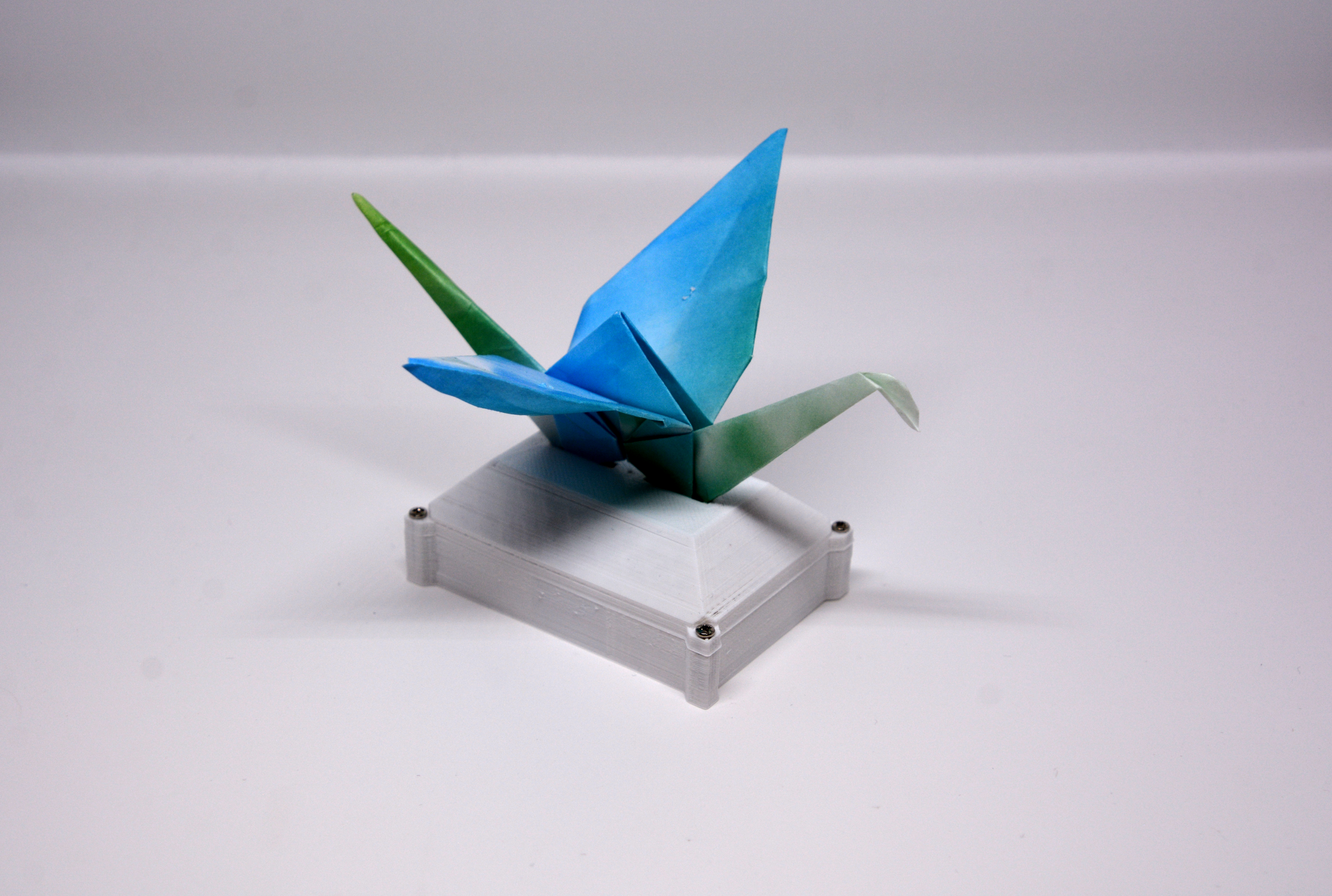
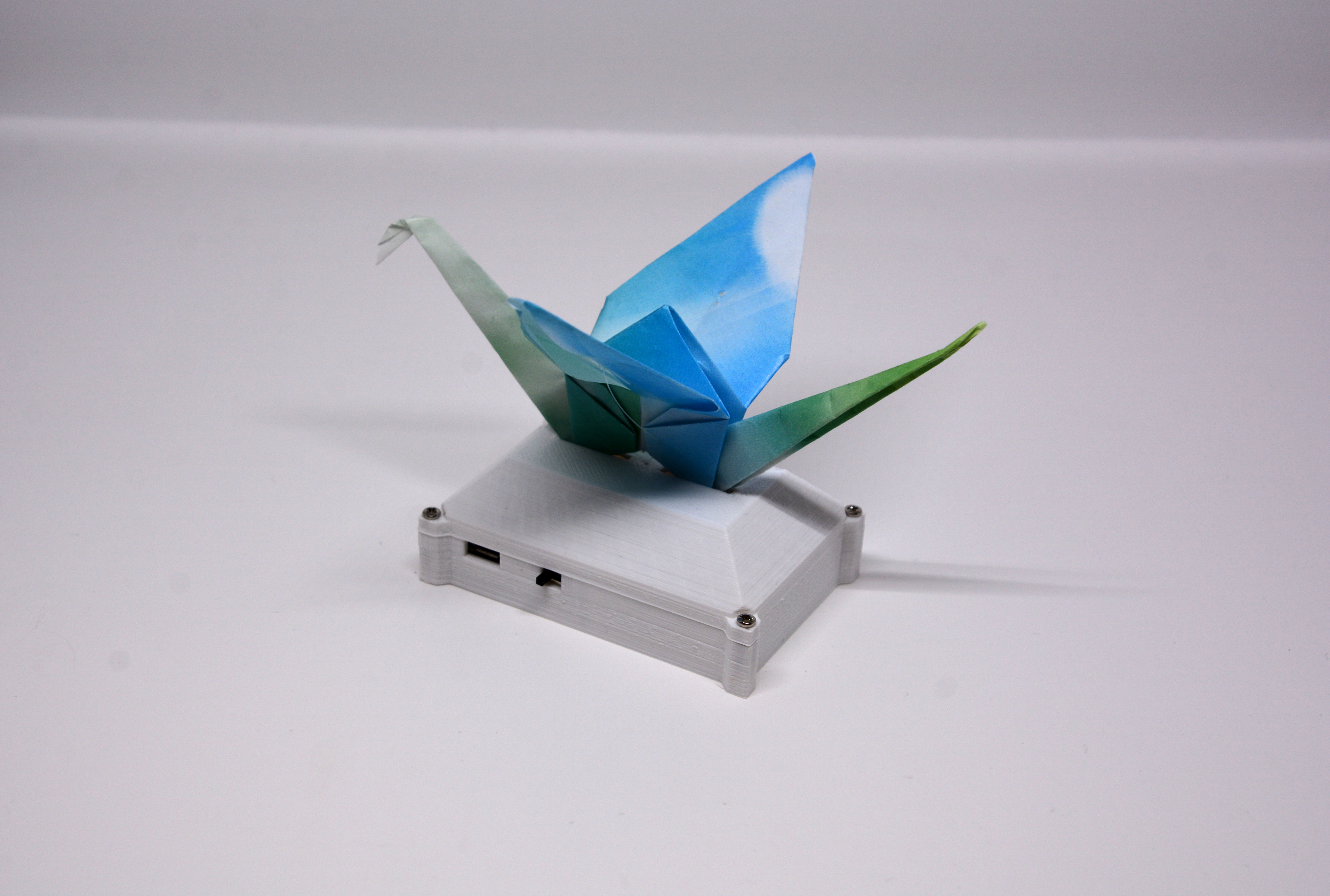
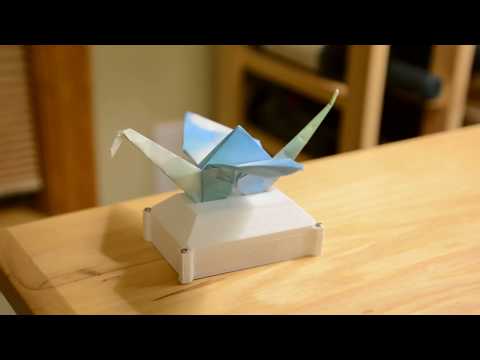
This instructable is for the making of a moving origami kinetic sculpture/machine. This will also show you the basics of how to use servo motors with an arduino type micro-controller. I have been wanting to figure out how to use motors with the arduino for a while since they are one of the main ways to go from electrical to mechanical. The way I make the origami swan move is by using two strands of fishing line that are connected to the servo motor which swings back and forth to pull the wings down. The paper's natural springiness then brings the wings back up and the process repeats.
Materials/Tools
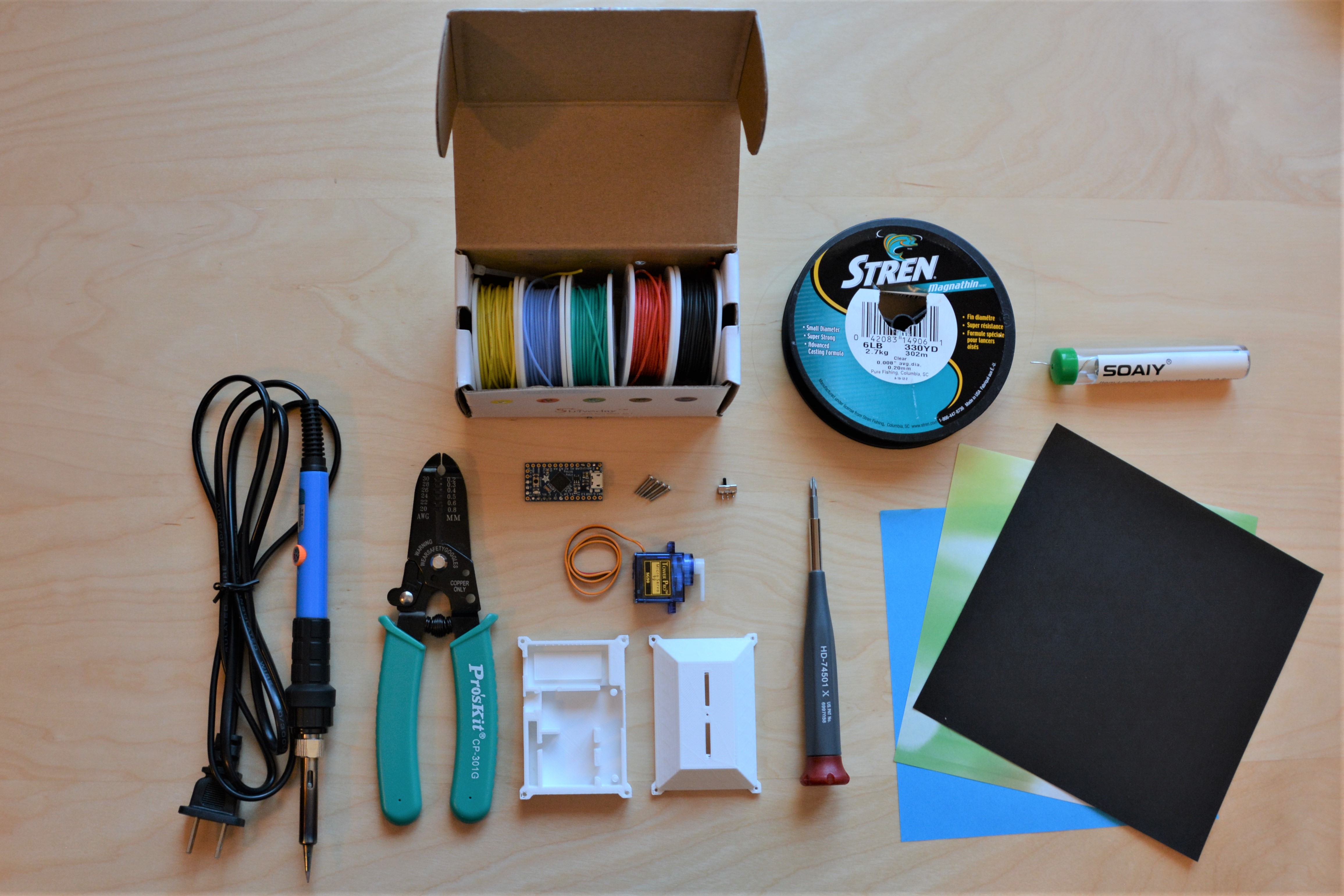
- Itsy Bitsy
- Fishing line
- Wire
- Wire stripper
- Small screwdriver
- Small computer screws
- Servo Motor
- Servo motor arm (this will come in the package for the servo motor)
- Paper
- 3d Printer (or an online 3d printing service)
- Computer that is compatible with the arduino software
3D Printing the Case
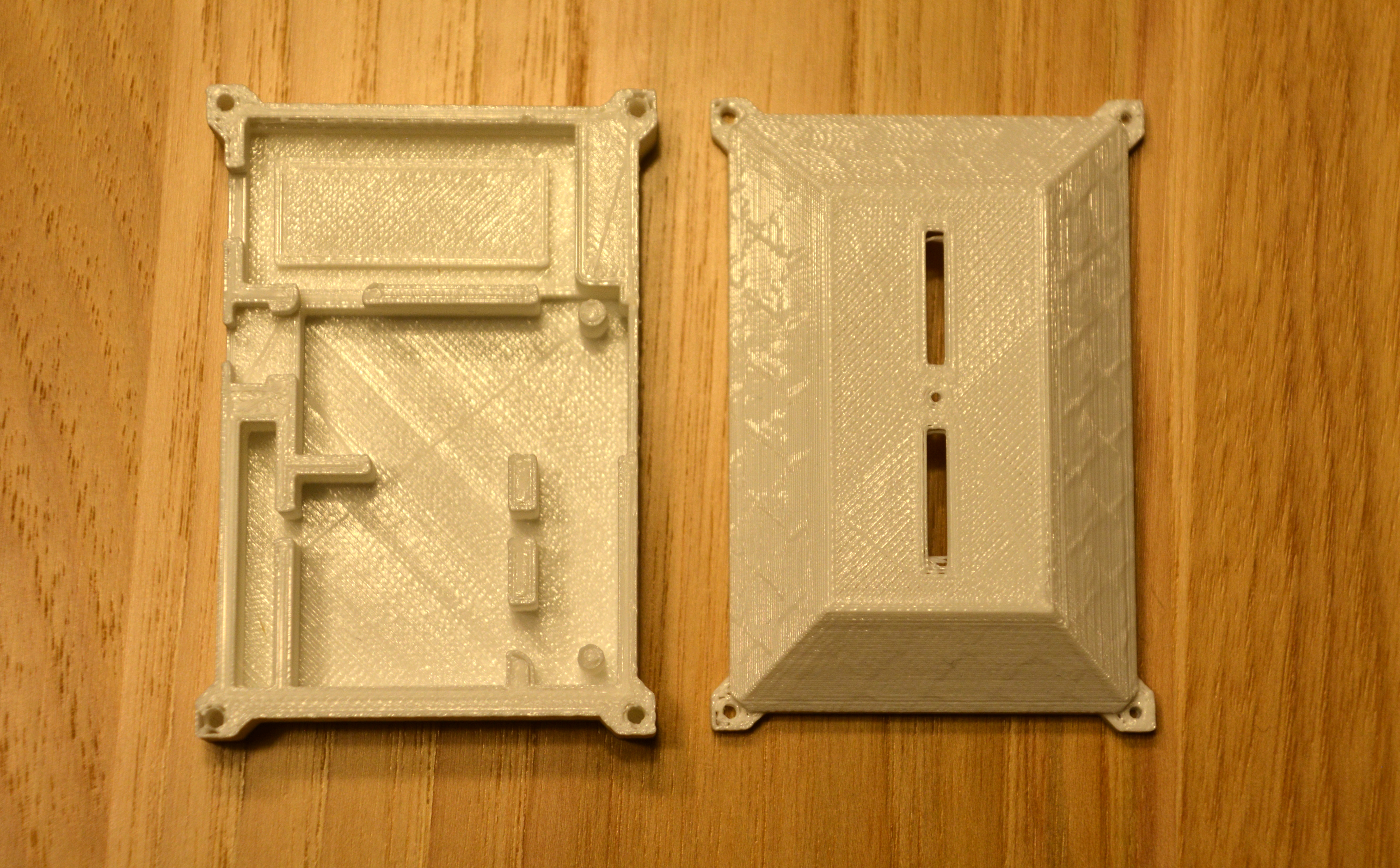
For this step you can either download the STL files from below or go to my thingiverse page here: https://www.thingiverse.com/thing:3534613. If you got the same parts that I mentioned above everything should fit just fine however, depending on your printer settings, you may need to use different sized screws.
Setting Up the Itsy Bitsy
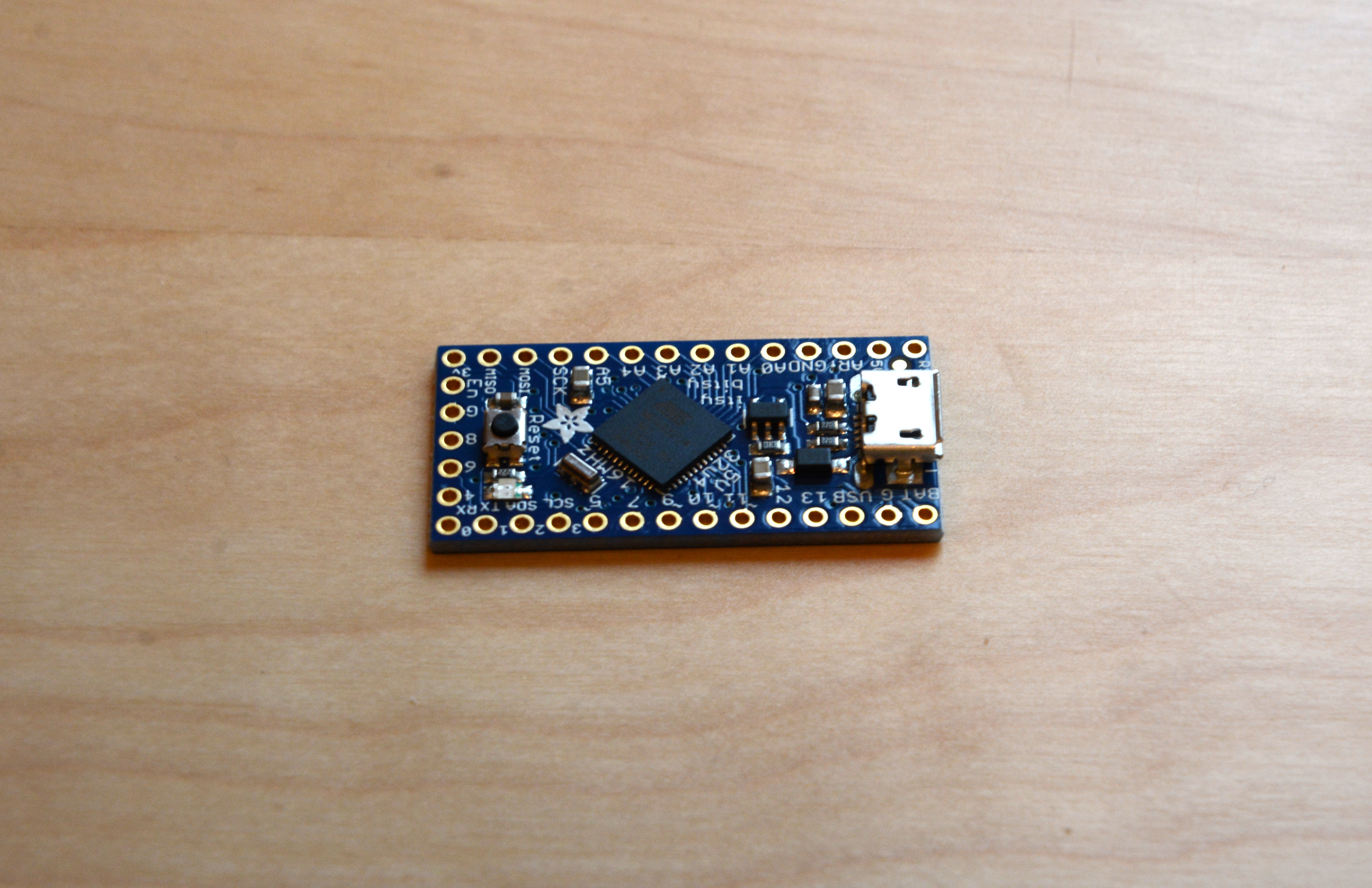
First of all, you are going to want to go get the Arduino IDE software that we will be using to program the board from here: https://www.arduino.cc/en/Main/Software. Next, go ahead and plug in the Itsy Bitsy to your computer and follow the directions here: https://learn.adafruit.com/introducting-itsy-bitsy-32u4/arduino-ide-setup under "Arduino IDE Setup" and "Using With Arduino IDE." I would have explained this in the instructable however the people at adafruit.com do a great job explaining how to use their products.
Wiring the Electronics
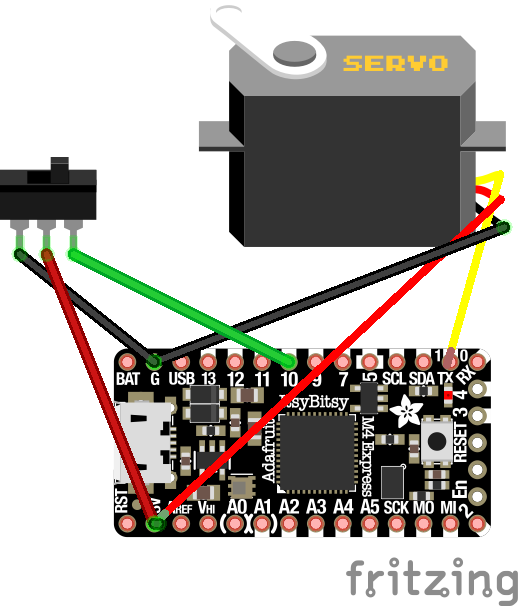
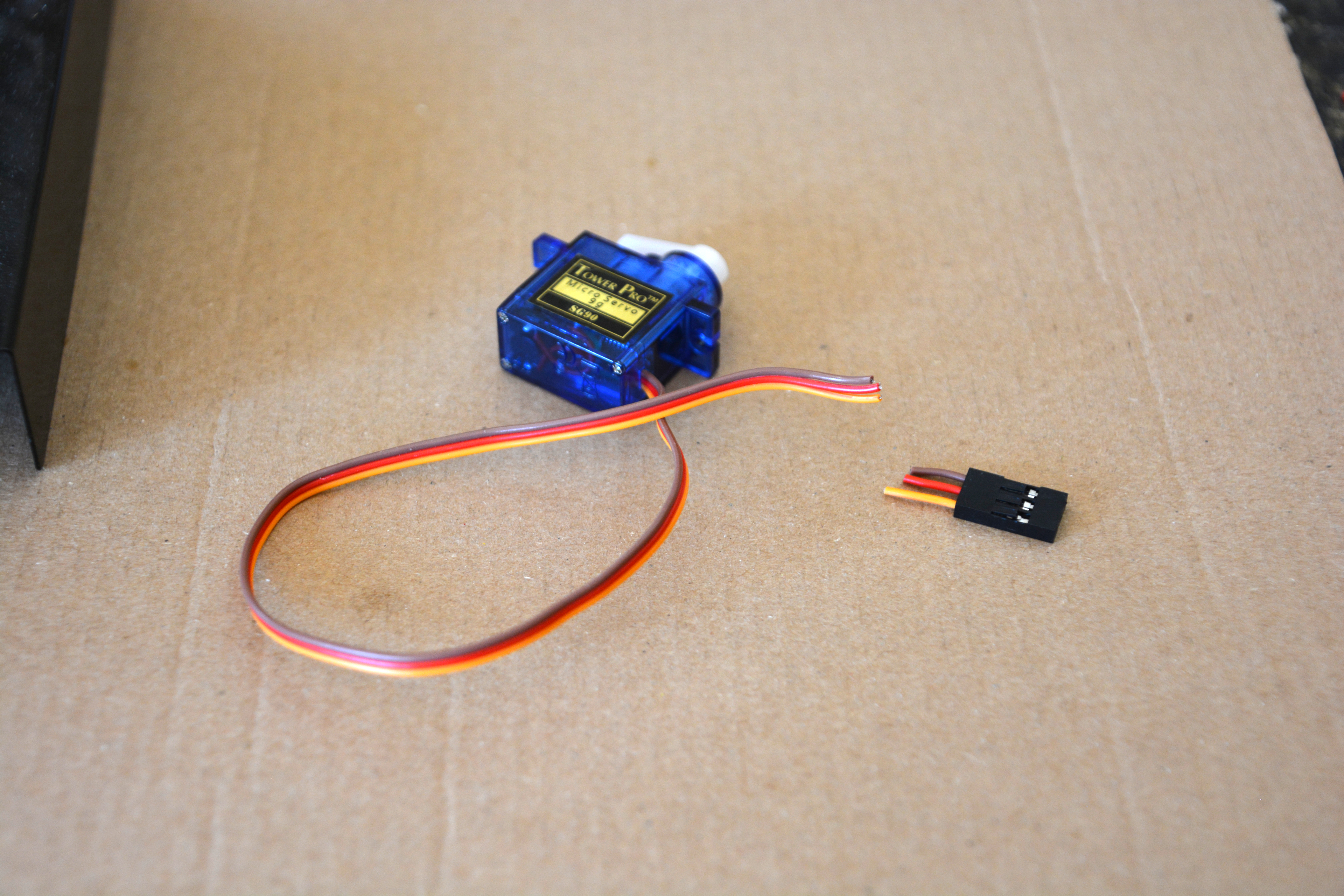
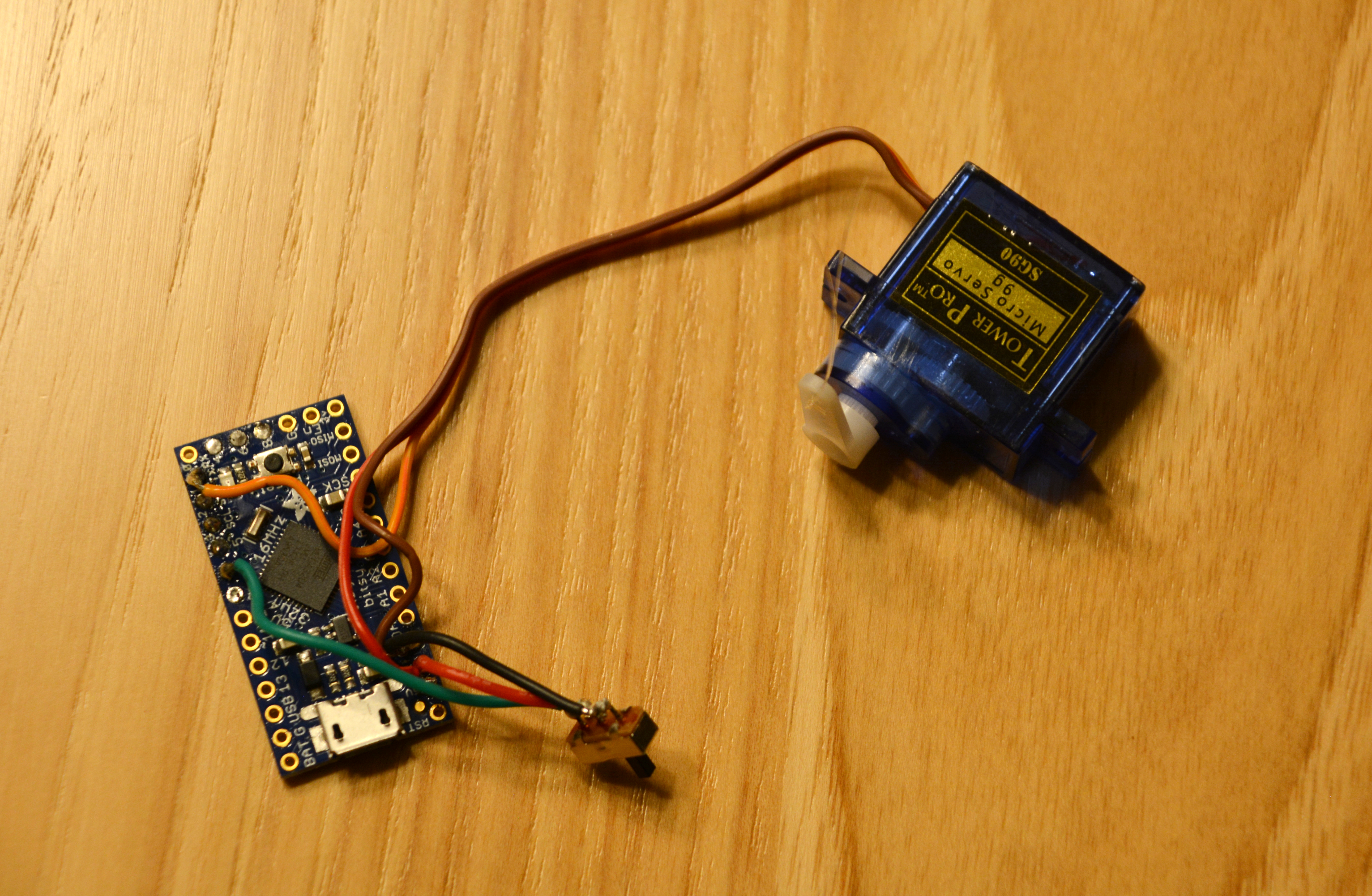
The wiring of the electronics was fairly straight forward just take a look at the diagram above. I started off with cutting the servo wire down to a shorter size, you won't be needing the adapter on the end for this project. Next I soldered the wires up to their appropriate spots on the Itsy Bitsy. Soldering should probably be done outside of the case however you may need to check the fit so that you ensure you have enough slack in the wires. The red wires went to the 5v pin. The black and brown wires went to the ground pin. Finally, the two different colored wires from the servo and the switch go to a numbered pin of your choosing, just make sure you remember them.
Programming and Calibration of the Servo
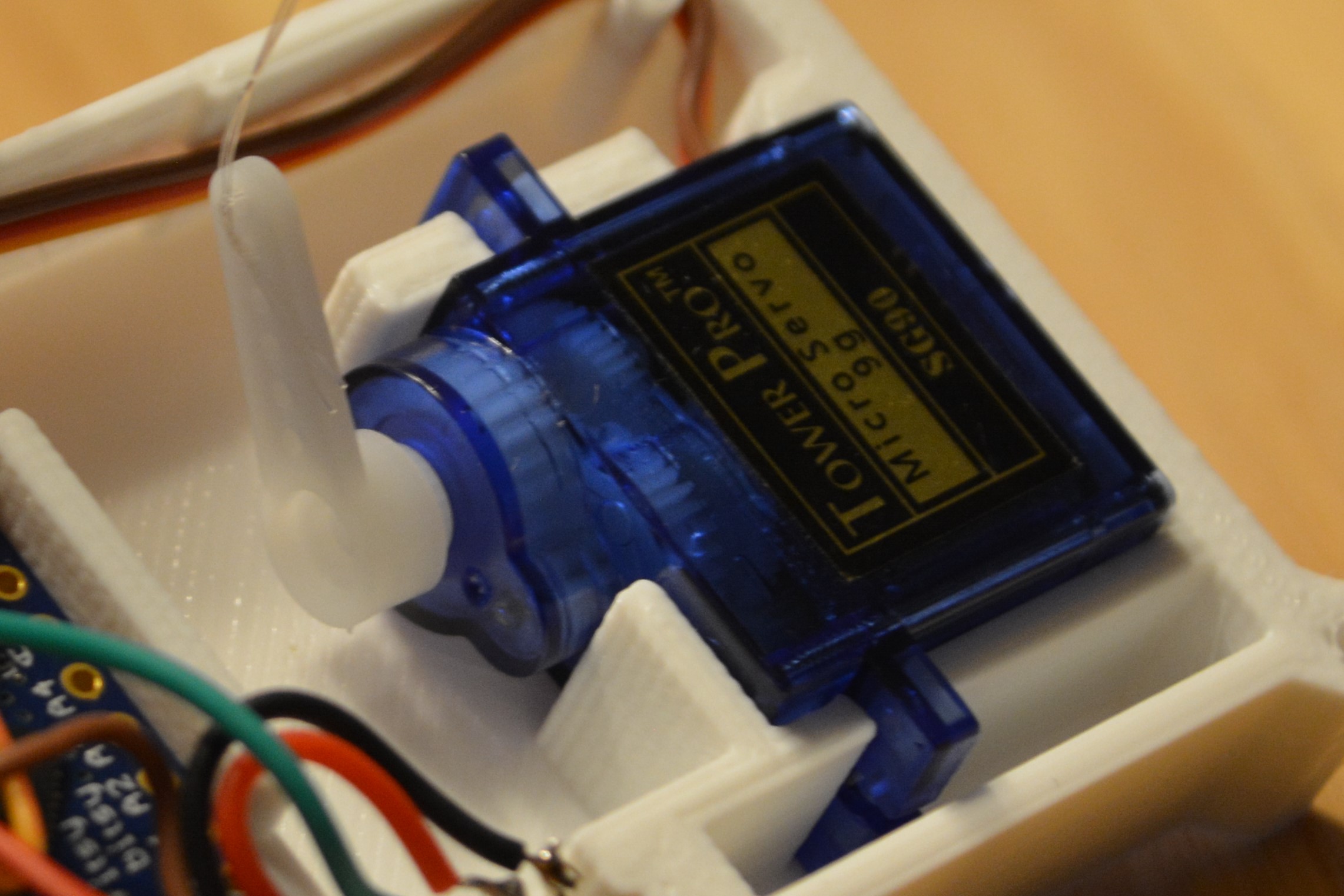
The programming is fairly straightforward as well. It tells the Itsy Bitsy to have the motor spin back and forth 180 degrees while the switch is on. You may need to change the inputs and outputs in the code if you soldered them to different spots than I did. I originally learned the code for the spinning of servos from https://www.arduino.cc/en/Tutorial/sweep and used the same concept for this project. Once you complete the wiring and programming, attach the one-sided, small, servo arm (see picture above) to the servo and activate the program. Take it off and put it back on until it is changing direction while it is parallel to the length of the servo.
#include Servo myservo;
int pos = 0;
void setup() {
myservo.attach(1);
pinMode(7, INPUT);
Serial.begin(9600);
}
void loop() { if (digitalRead(7)== HIGH) {
for (pos = 0; pos <= 180; pos += 5) {
myservo.write(pos);
delay(15);
}
for (pos = 180; pos >= 0; pos -= 5) {
myservo.write(pos);
delay(15);
}
}
}
Downloads
Folding the Origami Swan

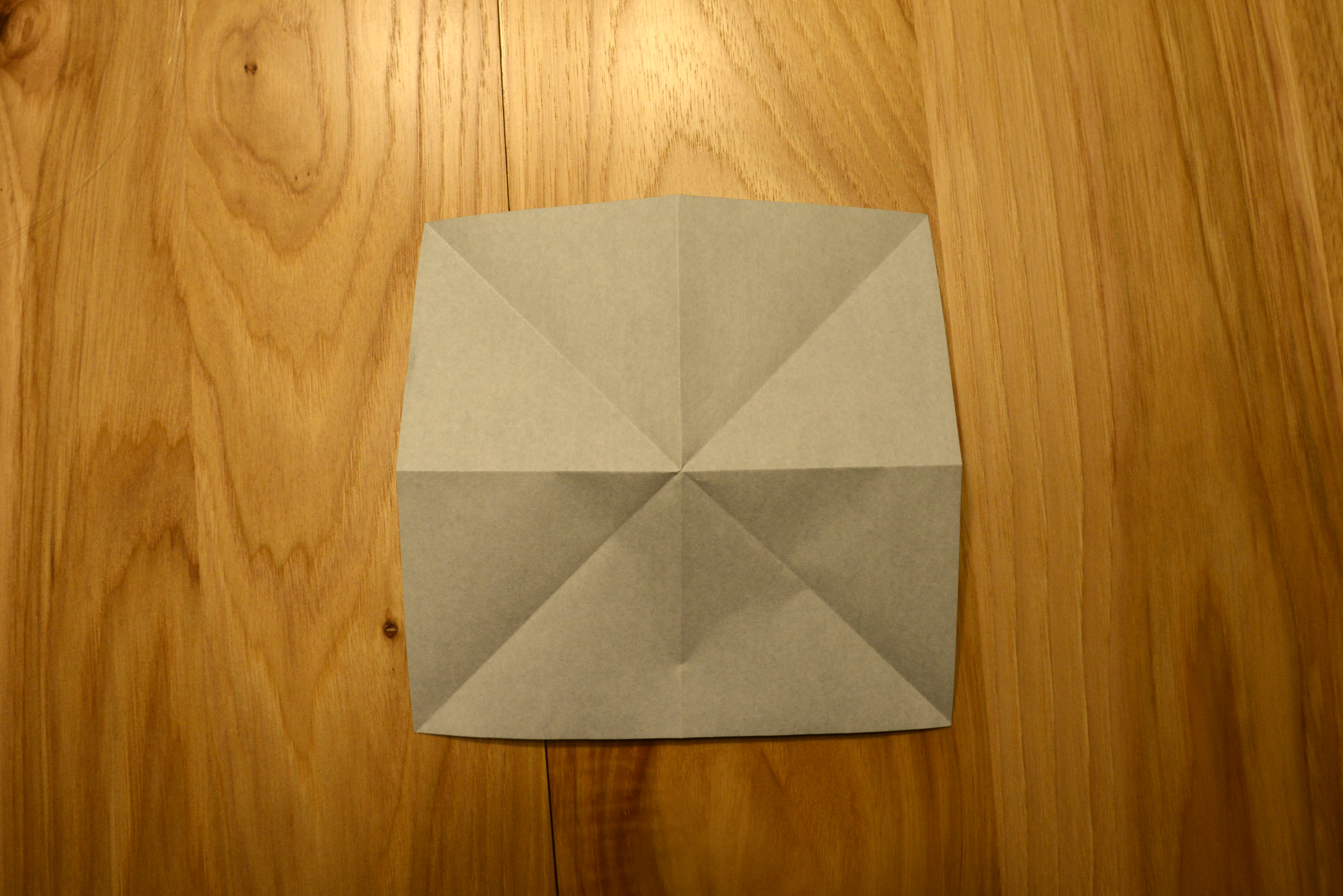

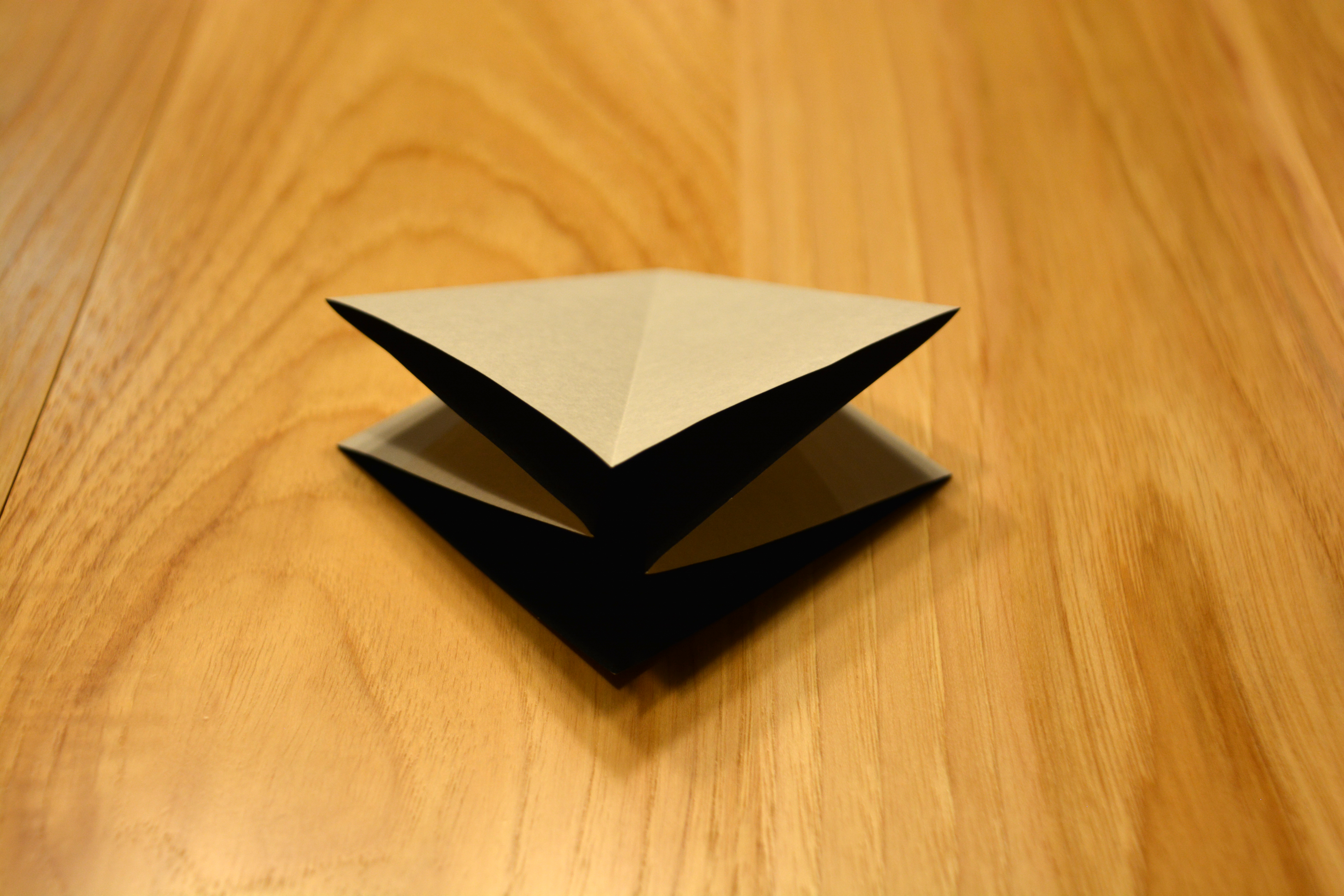
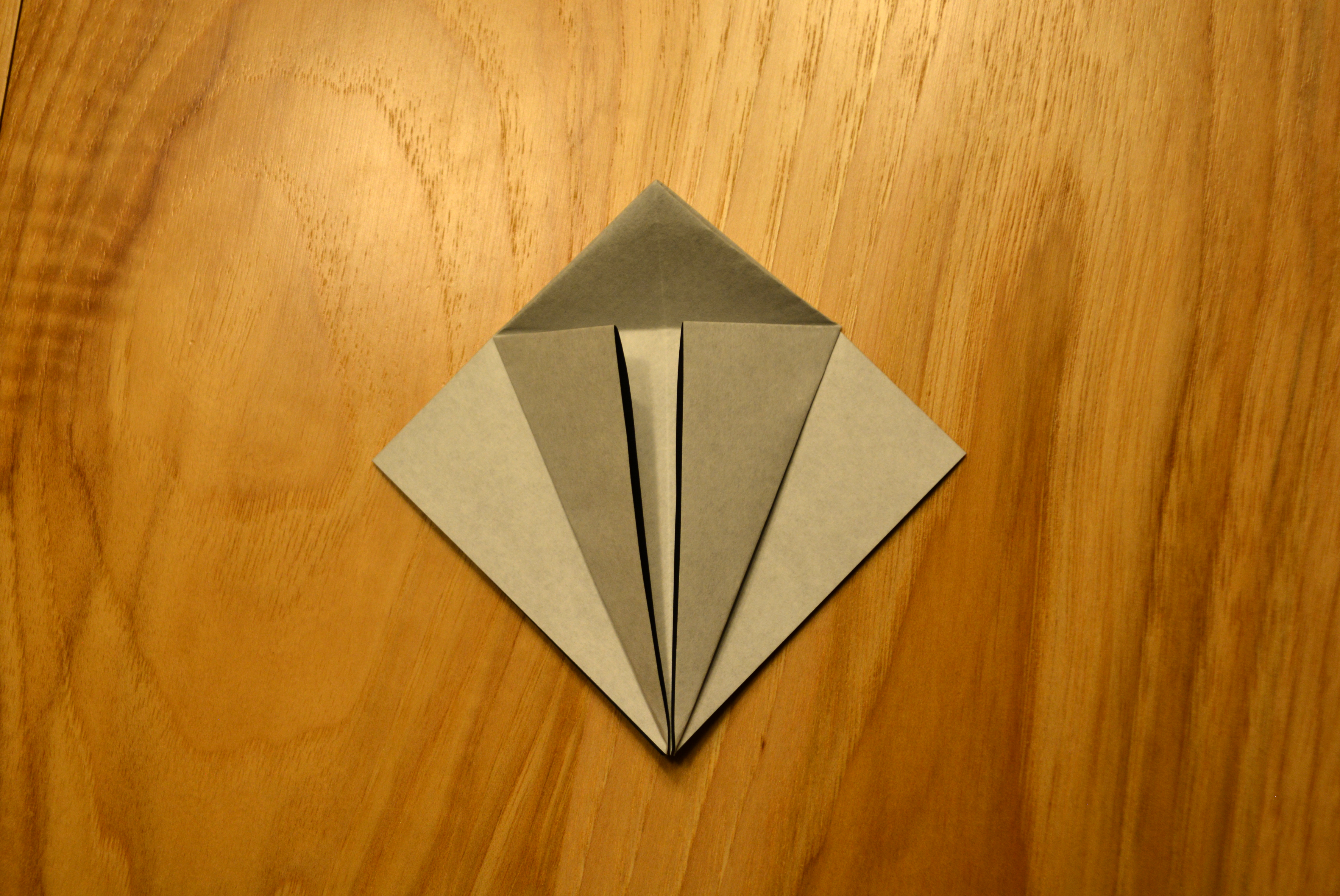
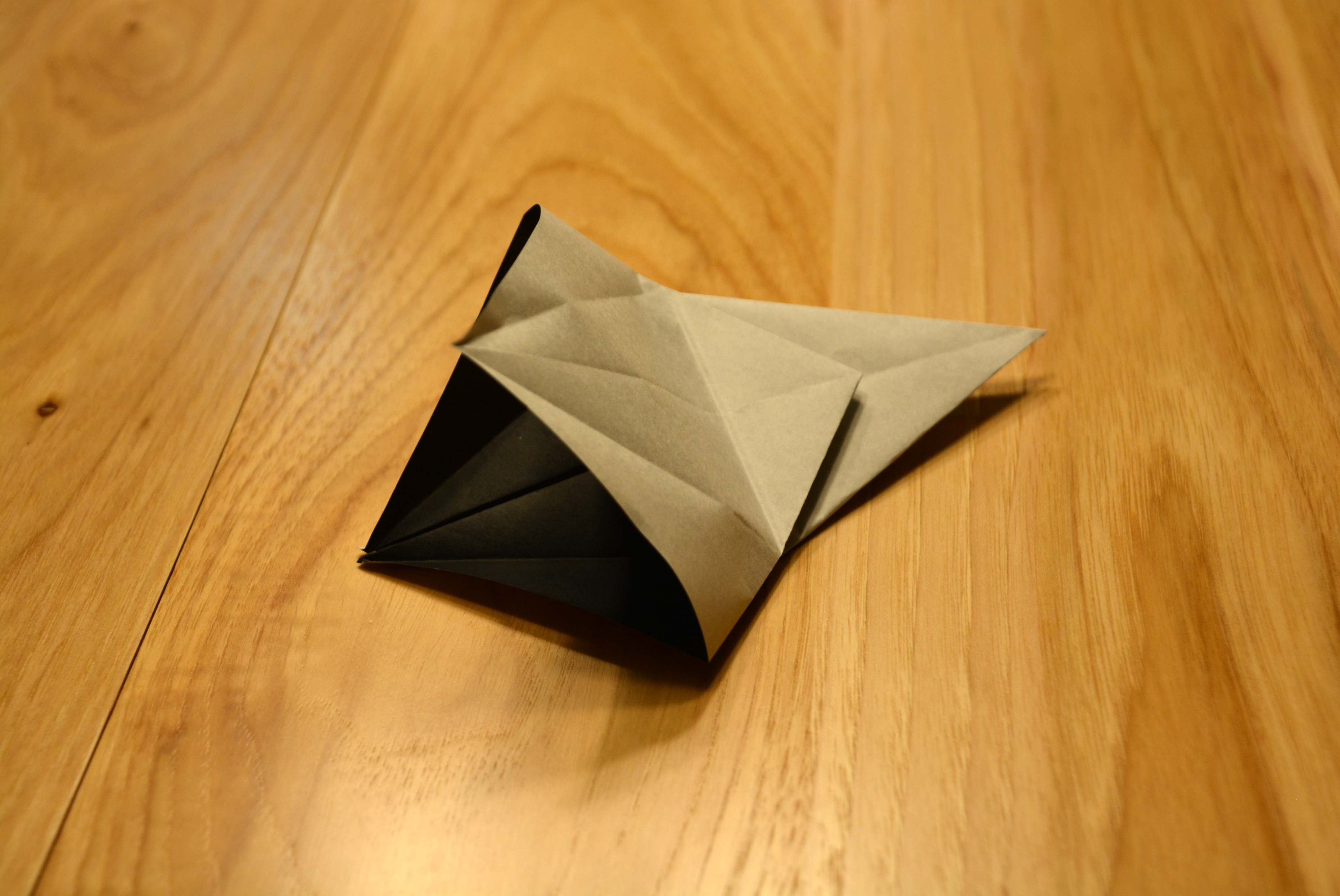
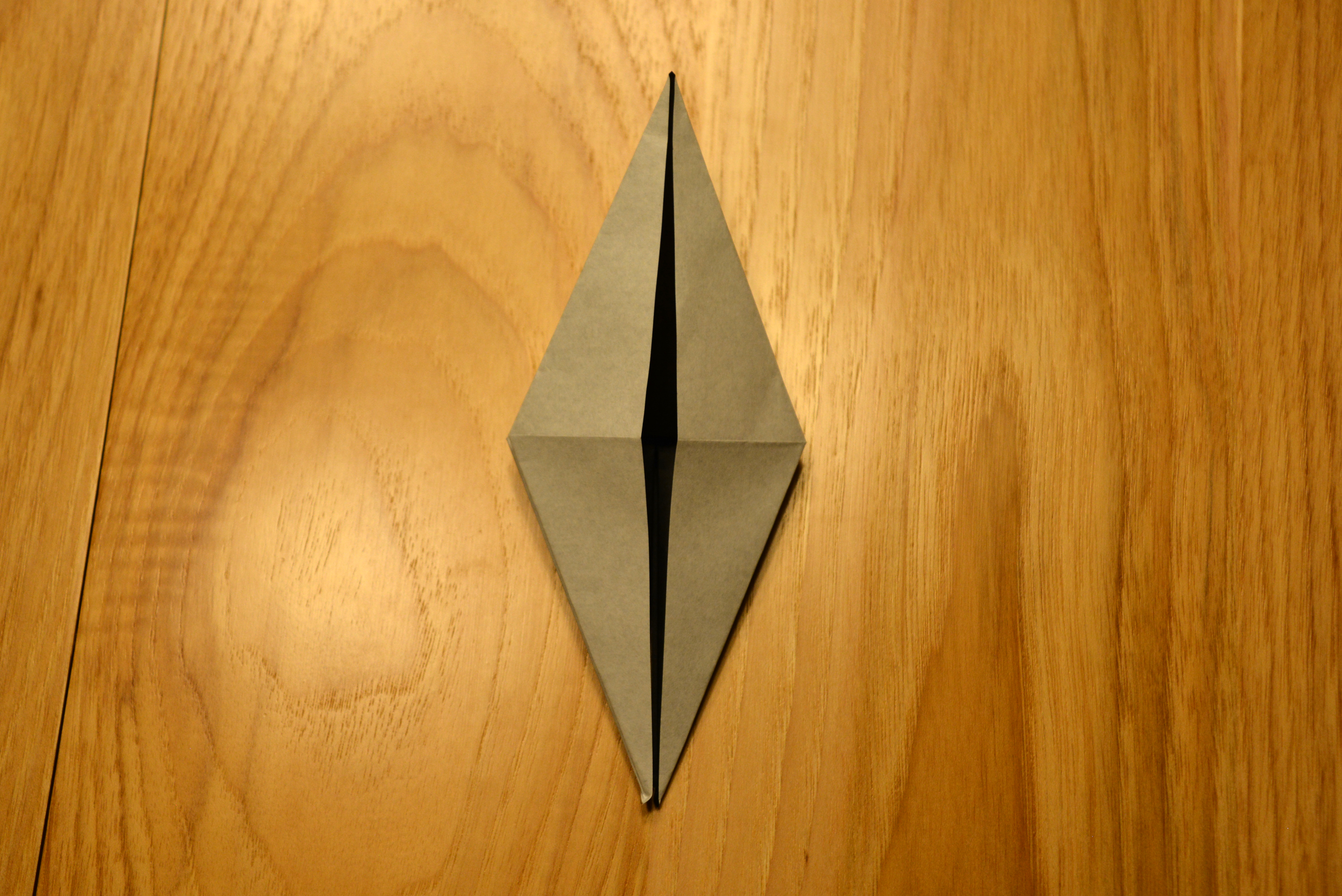
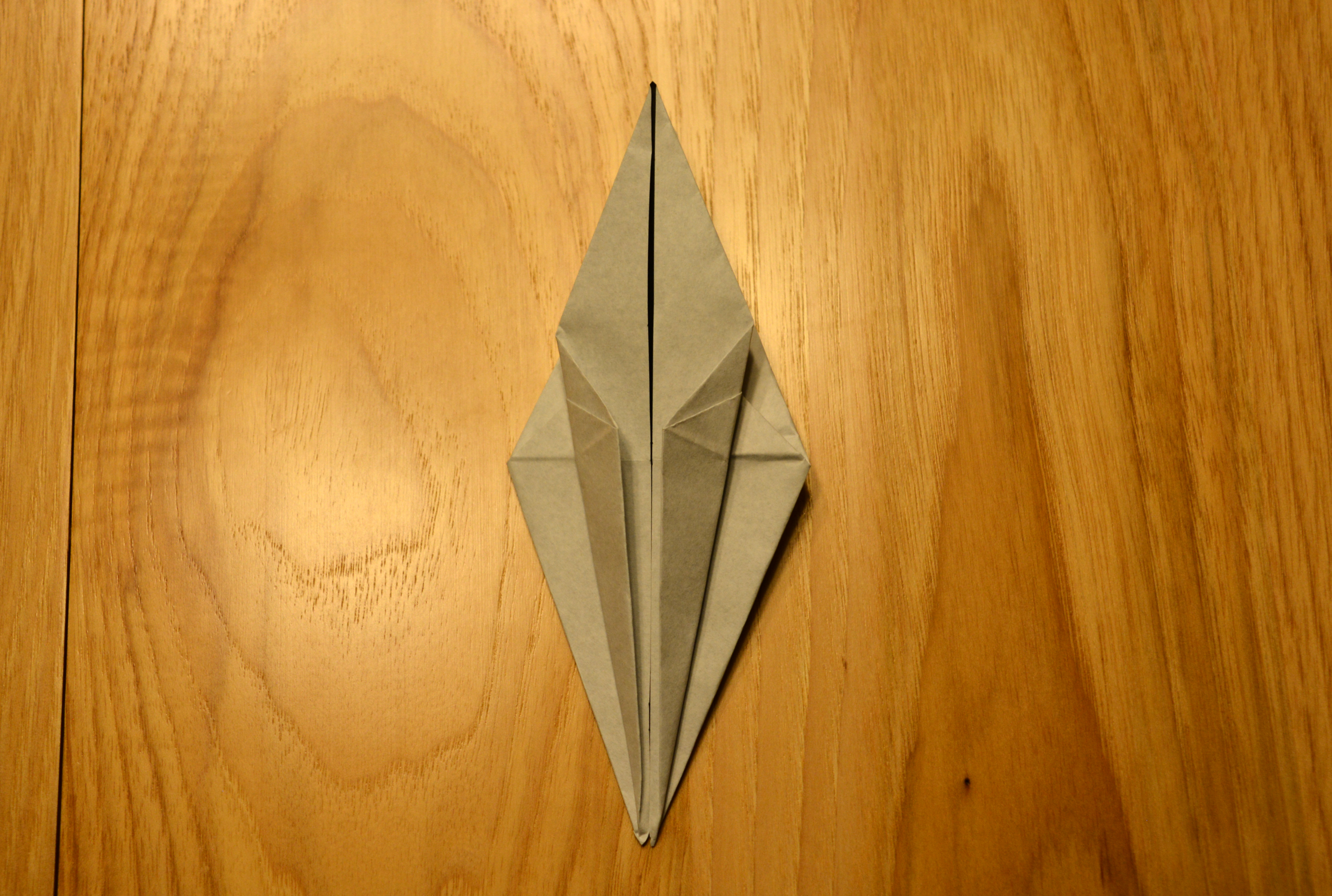
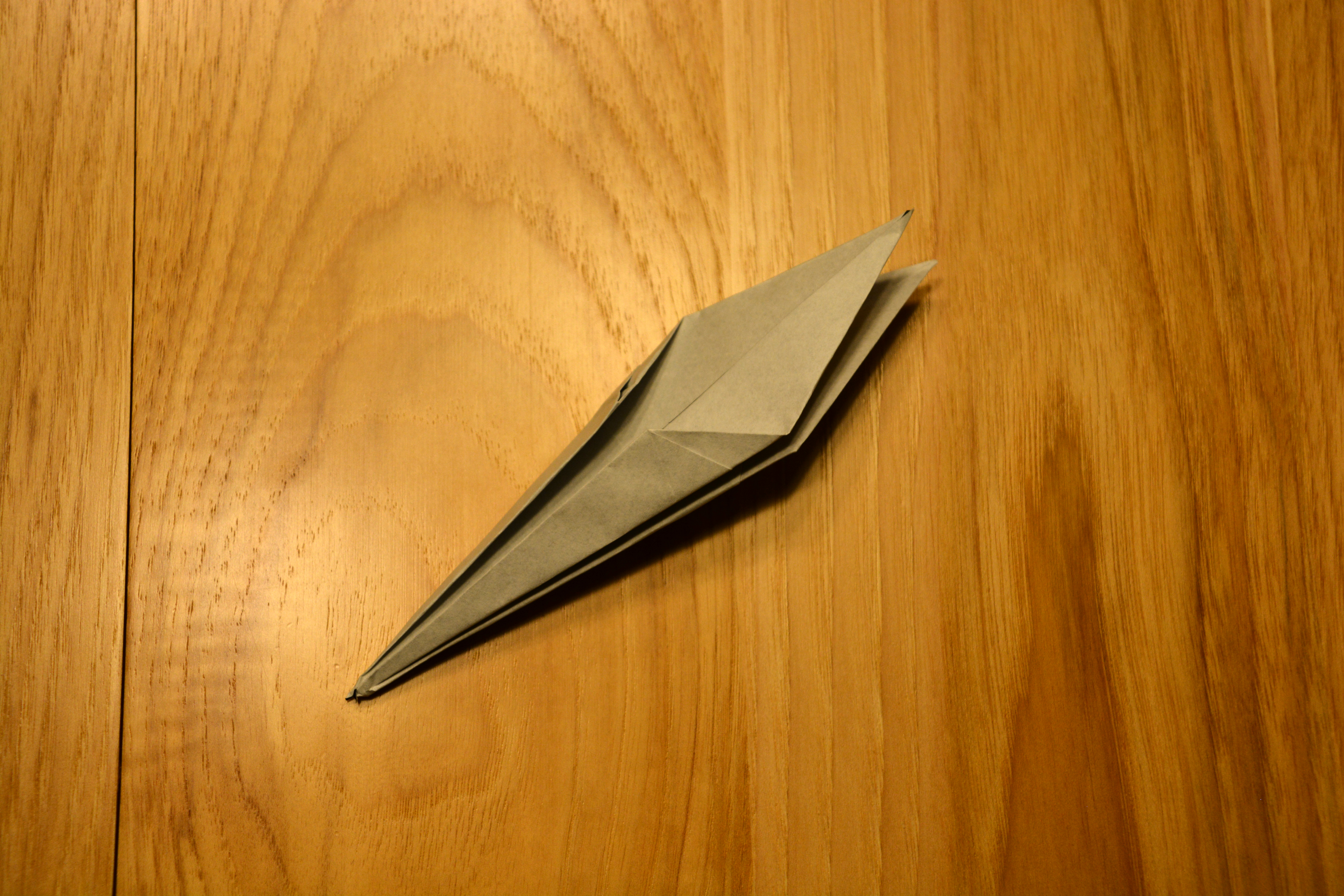
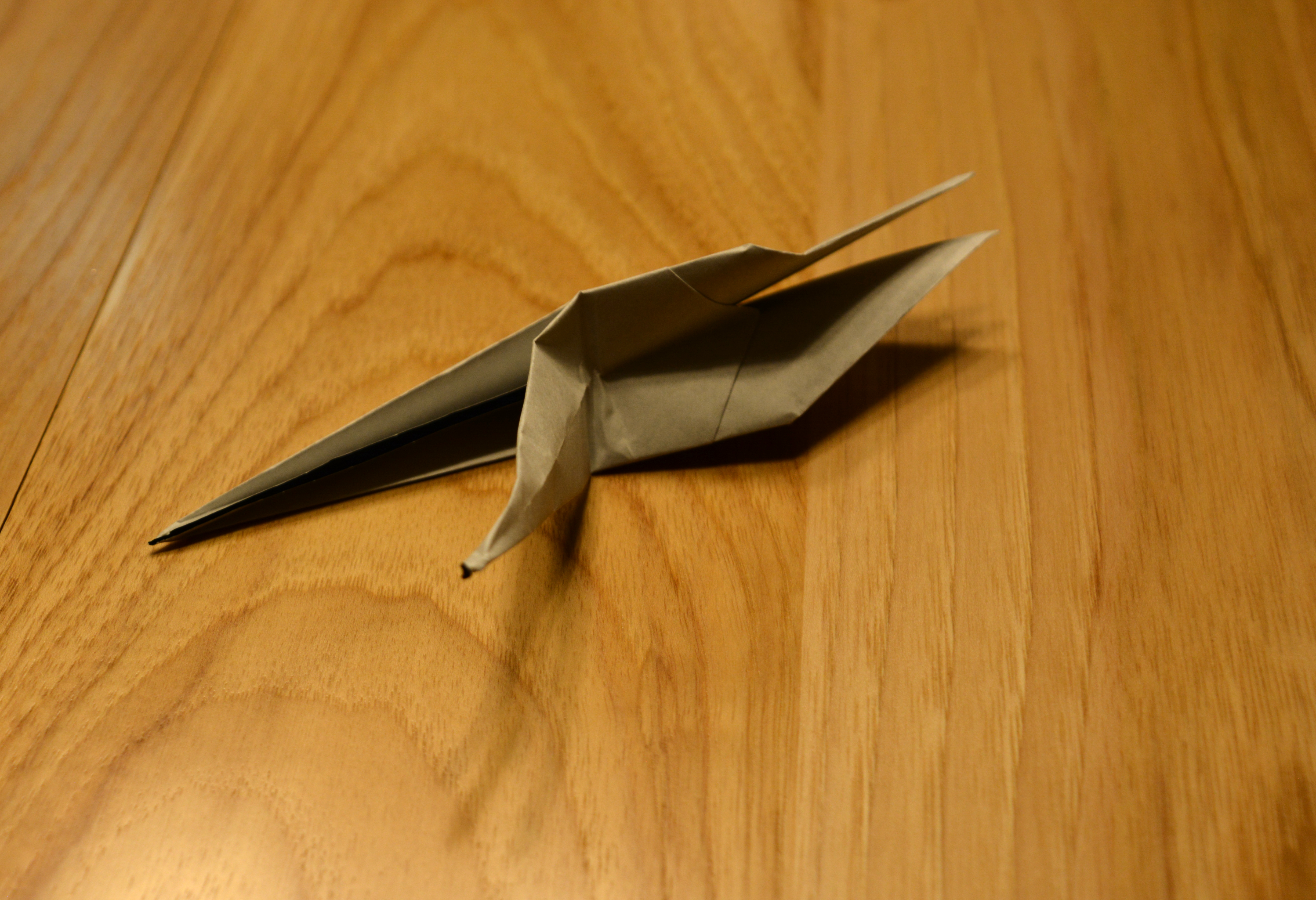
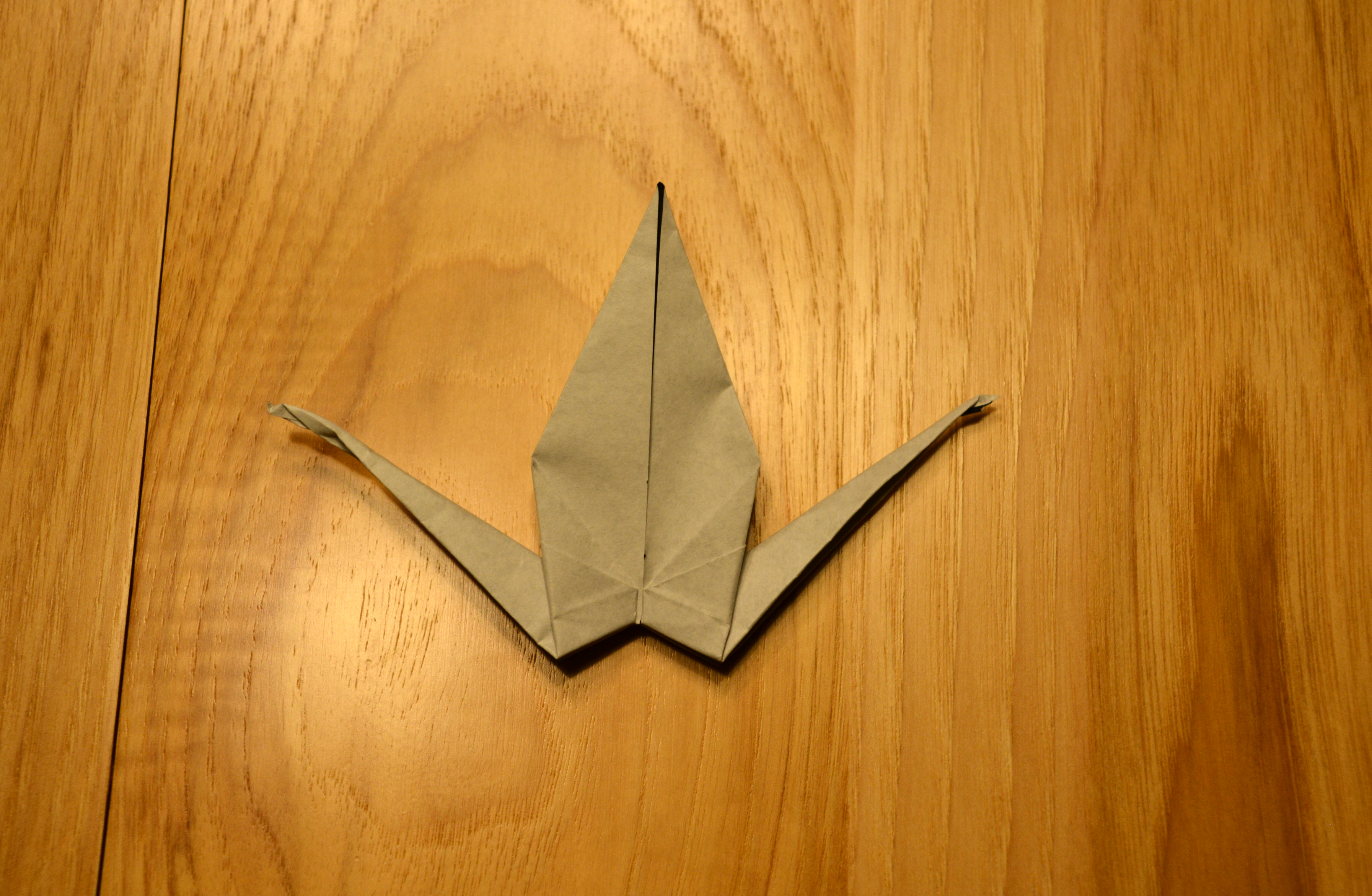
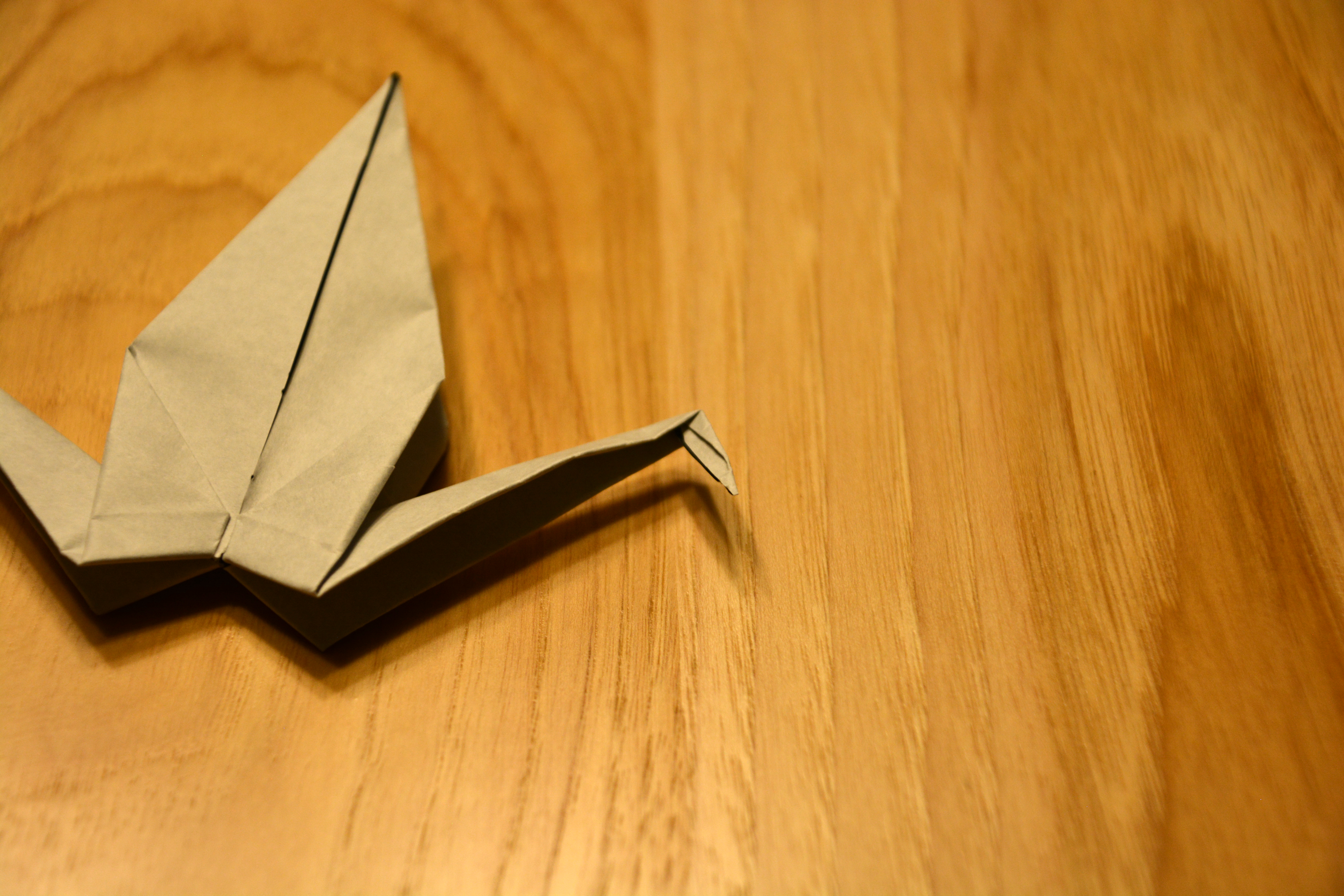
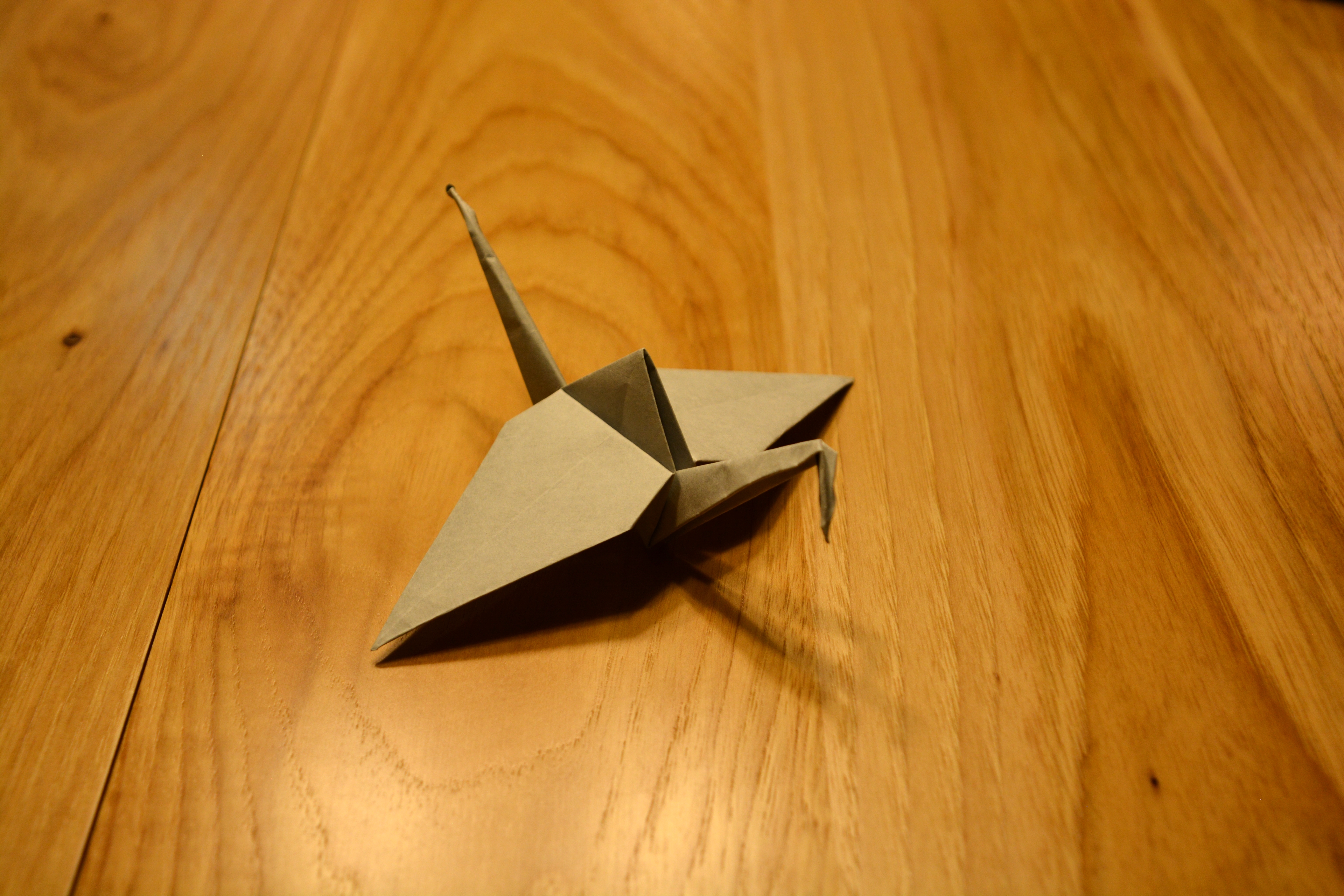
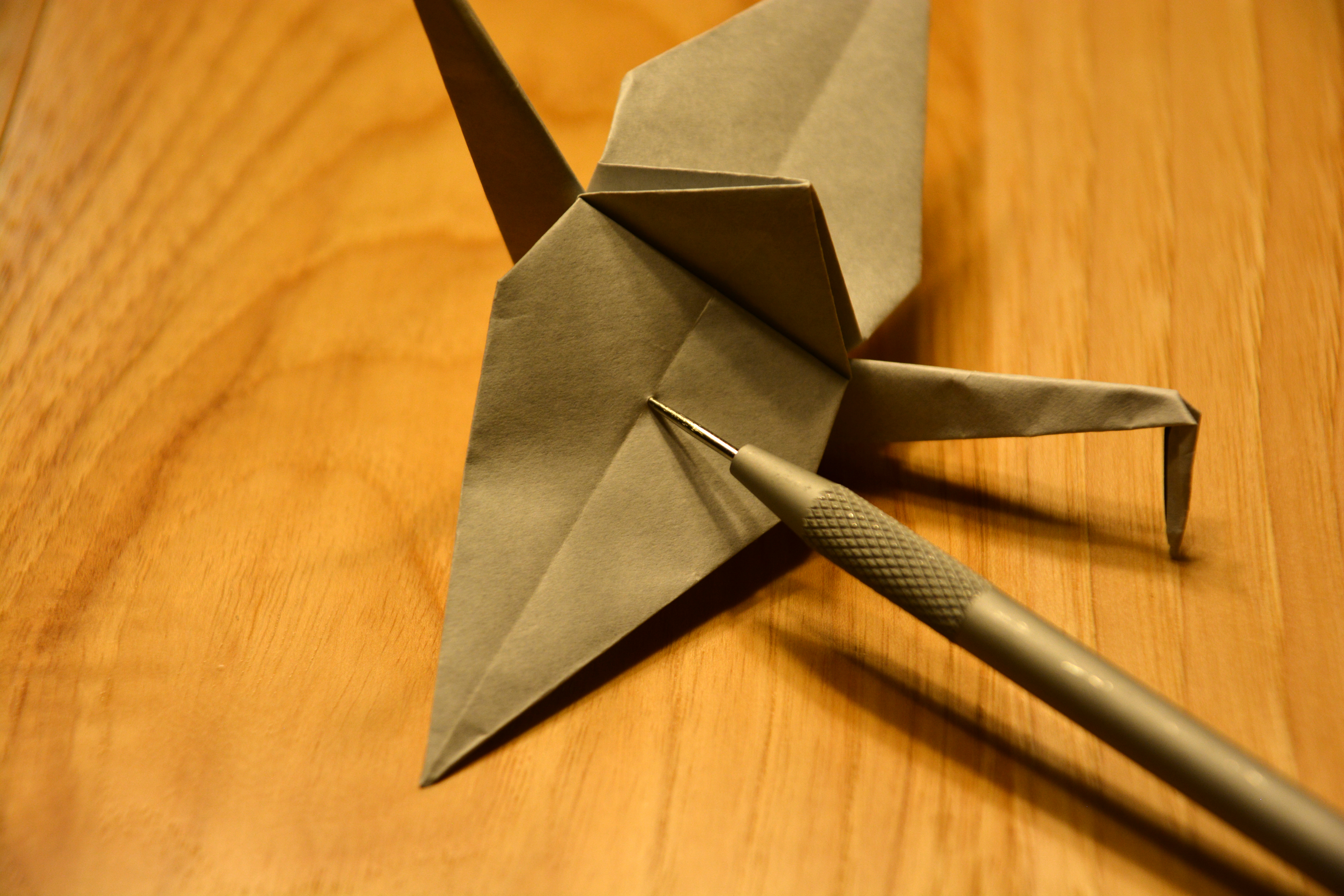
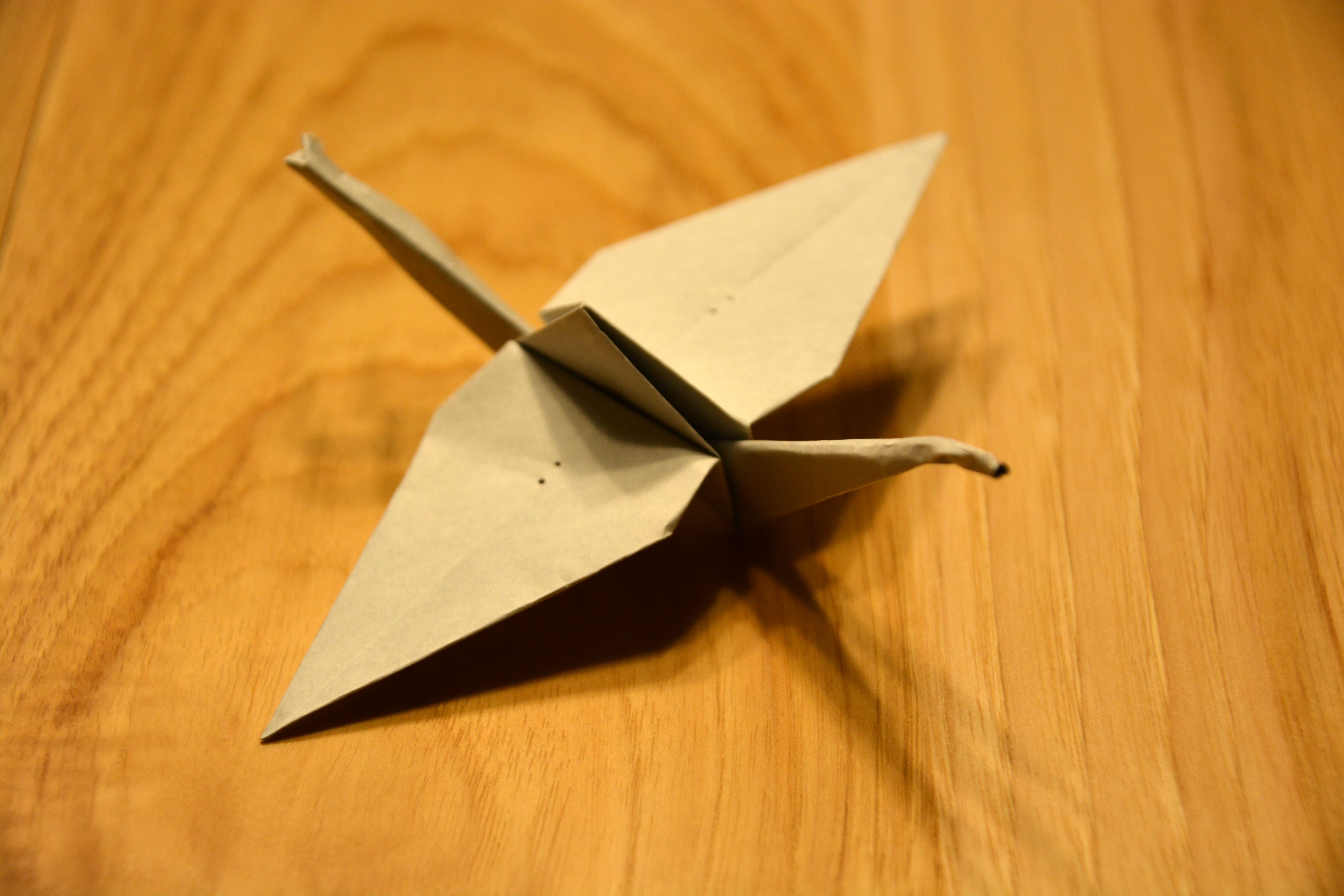
- Start with a 8" by 8" piece of paper
- Fold sideways and diagonally to make the next step easier.
- Take one of the corners and fold it inwards with the corners on either side of it.
- Fold the sides to the middle and the top corner downwards.
- Flip over and repeat step 4.
- Take the bottom corner and bring it up (make sure you look at the picture).
- Flip over and repeat step 6.
- Fold the sides to the middle. repeat on opposite side
- Turn each of the sides inside out and to the side.
- Fold down a small bit of one side for the head.
- Fold down wings
- Poke two small holes in each wing for the fishing line. I used a special tool for this, however a toothpick should work the same way.
Attaching Everything
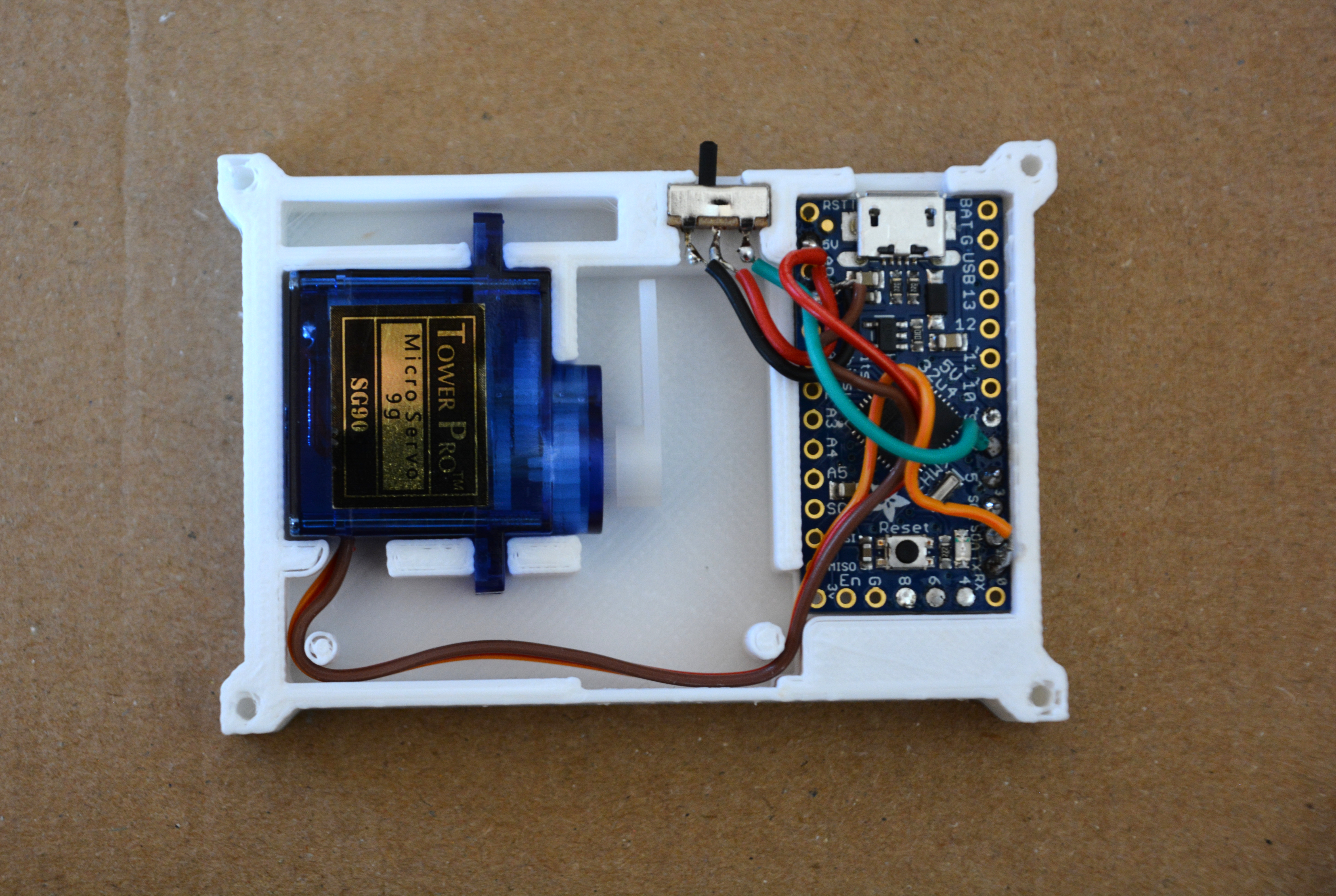
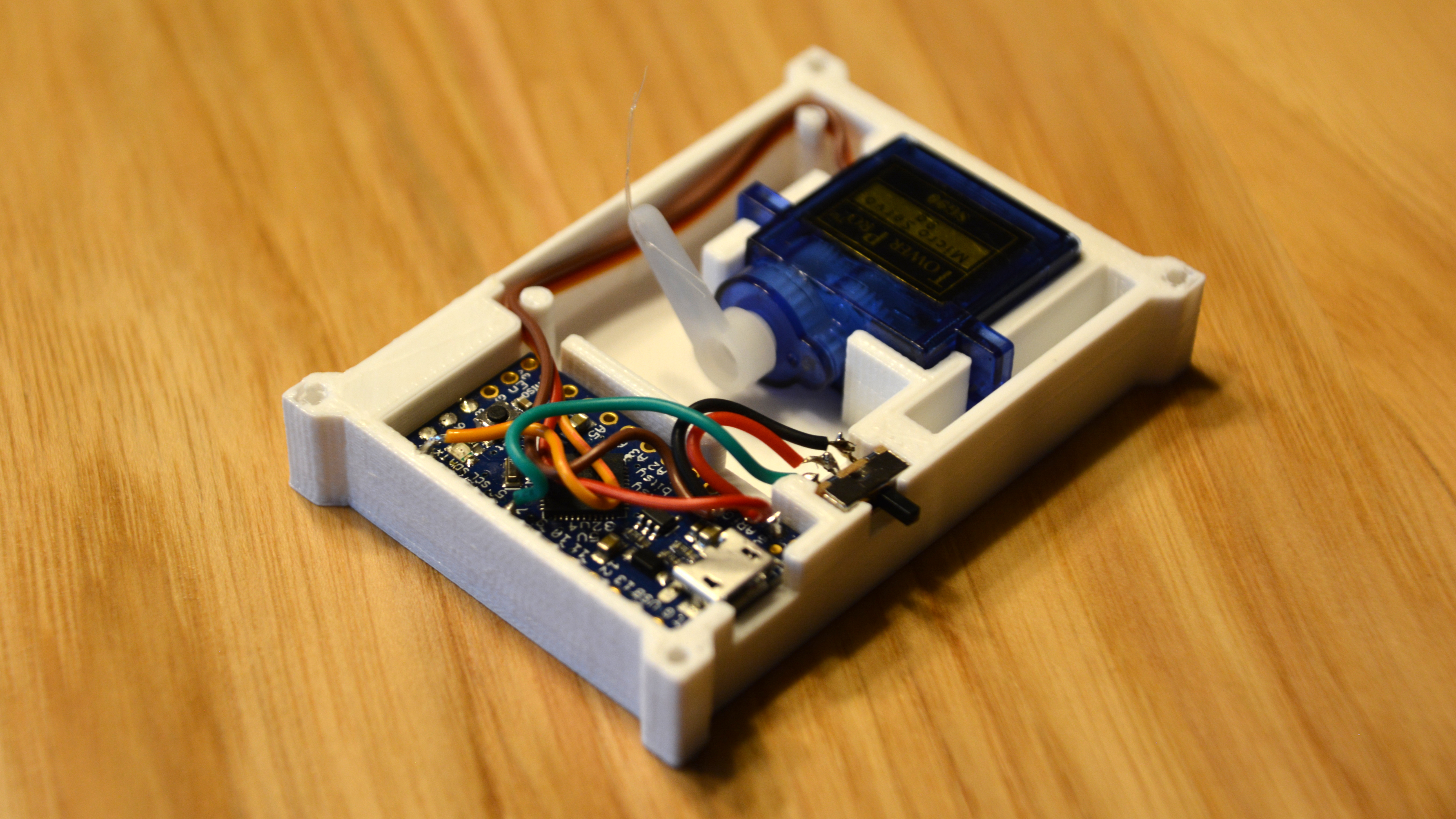
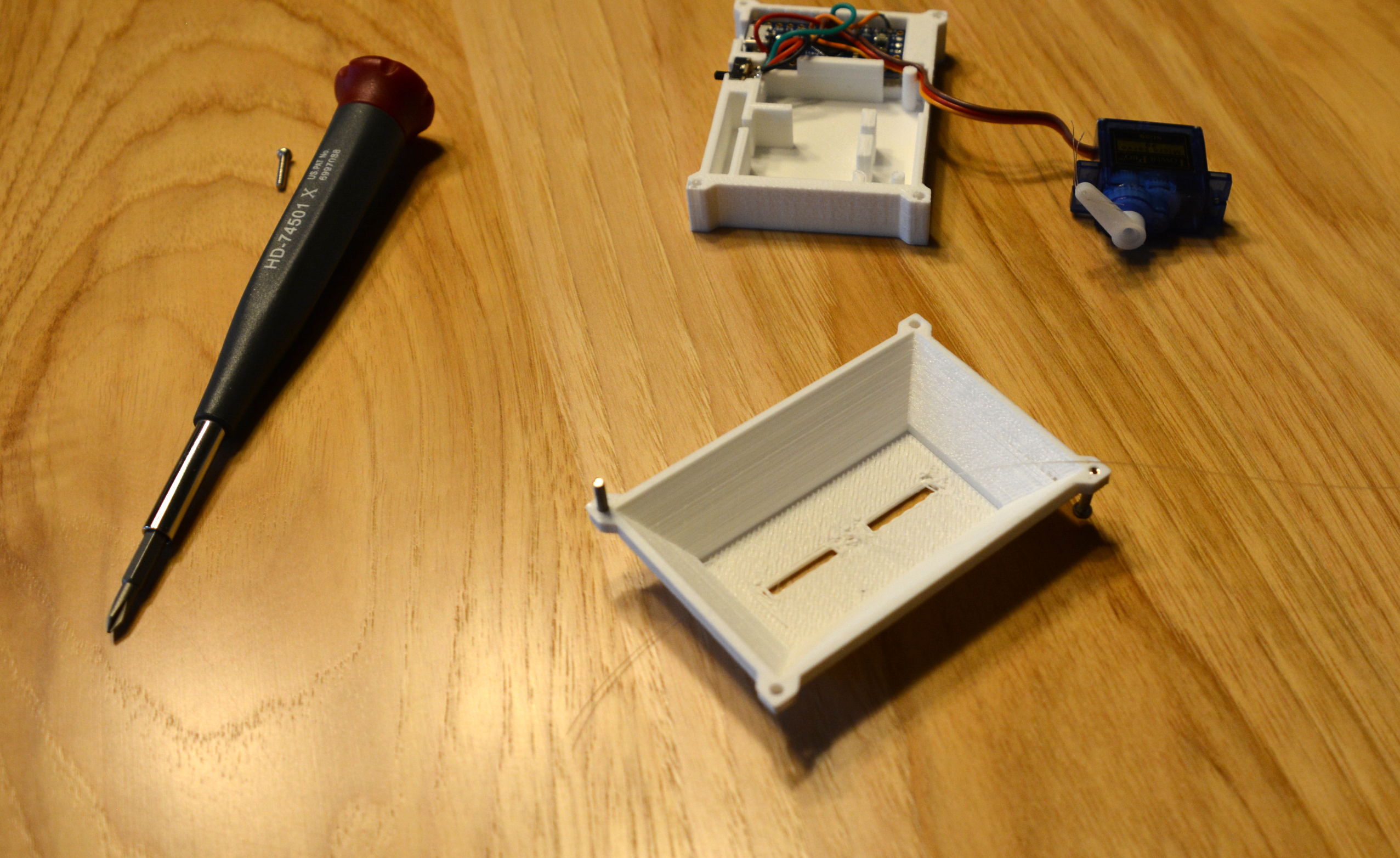
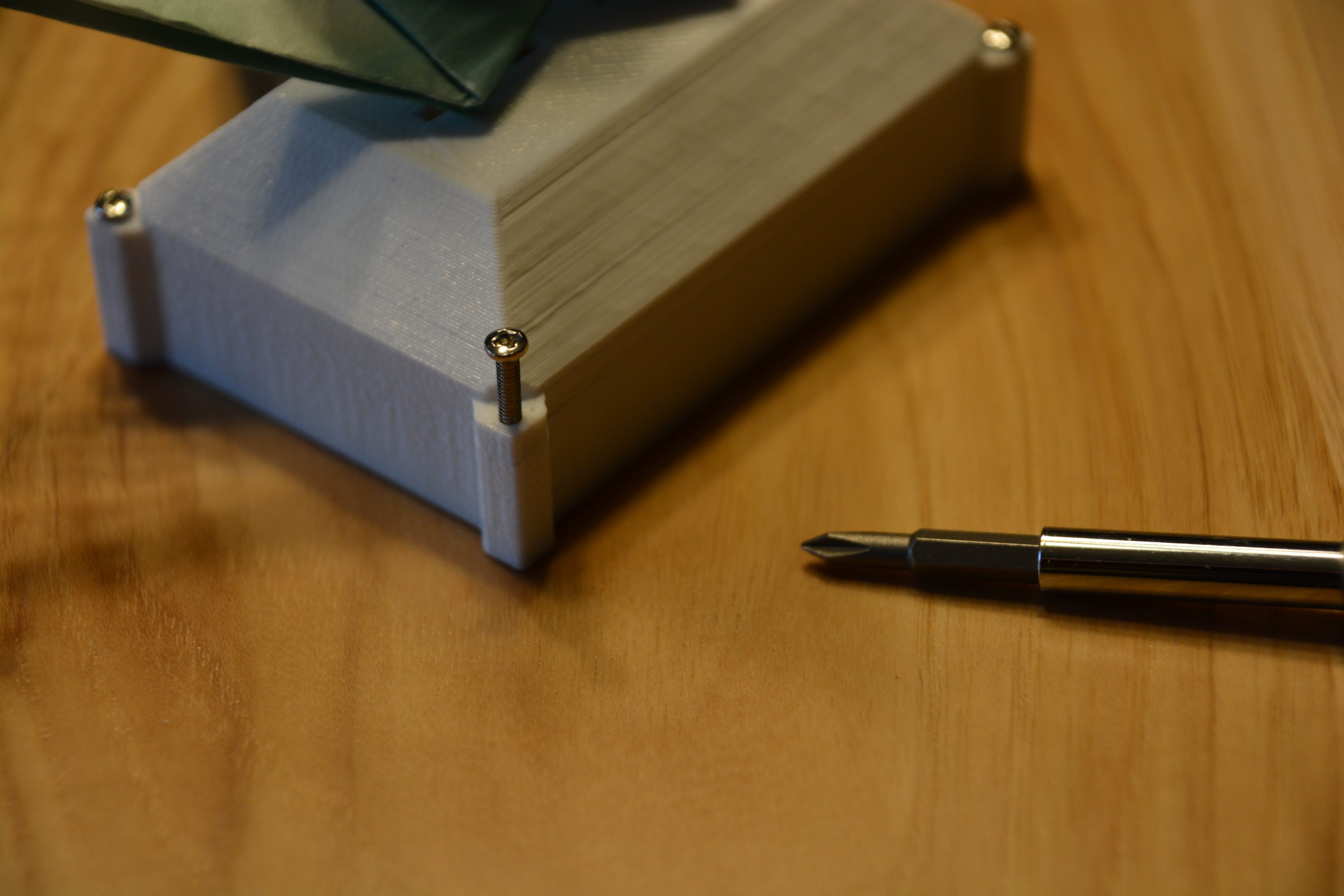
- Make sure you have all of the electronics in the correct places (see picture).
- Tie two strands of fishing line to the end of the servo arm. There will be excess that can be cut off later, it just makes handling easier for the time being.
- Feed the strands through the small hole in the middle top of the case. (this may need to be enlarged a bit with something like a toothpick depending on the quality of your print)
- Place the top of the case on the base and screw in the corners making sure that the fishing line is still coming through.
- Fit the origami swan in the slits on the top of the case.
- Tie one of the two strands to each of the wings of the swan using the holes that were punched in step 7. Make sure that there is minimal slack when the wings are at their natural resting position.
- Cut off the excess of the fishing line.
FYI, the fishing line was a bit difficult to photograph so if you are confused by anything feel free to message me or put something in the comments. :D
Conclusion
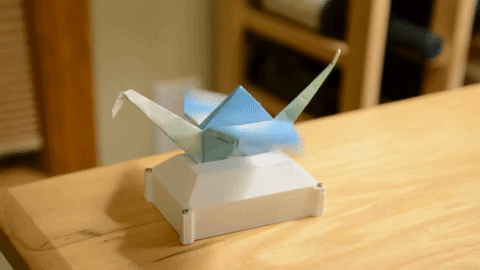
This project was very fun and helpful for getting into adding motion to my projects. The applications for this project and the concept are basically limitless by using the same design for other origami models like a dragon or other flying animals. If you make this project or some variation please feel free to share it below.